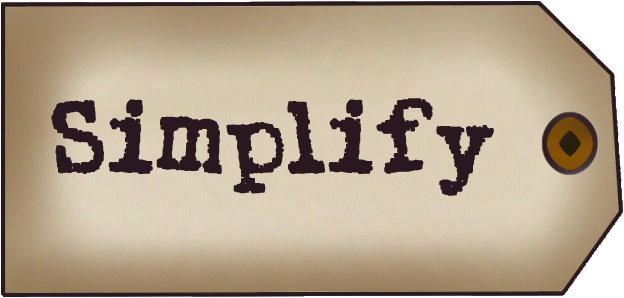A year ago I started this blog with certain goals in mind. Writing weekly articles turned the blog into an online ressource mainly for Teaching but also on DJ-ing, and Dancing. I will stick to my goals and this means I'll try to not repeat myself. I have said most of what I wanted to say for now and thus will stop posting weekly. I will of course continue dancing, teaching and dj-ing. I might post an article if I feel like it should be added or is missing. All articles will stay online available for you.
Ressources you find on this blog on:
How To Be A Better Student
Teaching
- How To Make Your Warm-Up Smoking!
- Music In Class - Vol. I and Vol. II
- Too Much To Teach: Or How To Pick Goals
- Changing Partners - The Why and The How
- How To Dissect A Move
- How To Find Beginner Material
- Last Things Last - Using The Recency Effect
- Memory Games - Using The Primacy Effect
- How Learning Works - Cognitive Load Theory
- Mixing It Up - Using Multi-Modal communication to improve it's reception
- 6 Ways To Demotivate Your Students
- How Goals Can Kill Your Fun
- The Power Of Two
- Lindy Hop Is Like Salsa - Analogies: The Benefits and Hows
- Time Management Or Why It's Called A Dance Class
- There Is Different And There is Shit
- Put The Fun Back Into Funeral - Atmosphere In Class
- Stop Dissappointment And Create Successful Classes
- Believe Me, I'm Lying - Trust in class
- A Good Teacher Is An Improving Dancer
- Don't Read This Article - What the word "not" actually does
- Nothing Rhymes With Unt - The Power Of Suggestion
- The Art Of Failing Vol. I
- The Art Of Success aka The Art Of Failing Vol. II
DJ-ing
- Aspects of DJ-ing
- 4 Groups DJs Often Forget
- DJ-ing Teachers - A Special Opportunity
- ... If It Ain't Got That Jazz
Basics
- Bars vs. Beats
- Finding Music - Vol. I and Vol. II
Different Ways Of DJ-ing
DJ Challenges - Ways To Improve Your DJ-ing skills
- A Jazz Song Alphabet - Turned Series
- Play (With) Music - Turned Series
Dancing
- Nonsense series - Things that took at some point the wrong turn to my understanding:
- A Dance Is Like A Conversation
Thanks to:
Eli&Alf for giving me lots and lots of feedback on content and readability before the articles went online. Without them, articles would've been strings of thoughts of mine, non-understandable to others.
Thanks to Lucy who has not only checked my articles for understandability but also improved the language since I'm not native tongue.
People that have encouraged me during the year and that got involved in interesting discussions that made me think of certain topics more and often resulted in articles.






